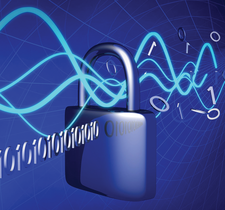Create a bootable USB stick with terminal UI display
Programming Snapshot – Bootable USB with Go

© Lead Image © Pei Ling Hoo, 123RF.com
A Go program writes a downloaded ISO file to a bootable USB stick. To prevent it from accidentally overwriting the hard disk, Mike Schilli provides it with a user interface and security checks.
To test new Linux distributions on real hardware, a bootable USB stick with a downloaded image in ISO format will help with bootstrapping the installation. Rebooting the computer with the stick plugged in will often bring up a Live system that can be played around with to your heart's content, possibly after having to make some changes to the boot order in the BIOS.
How does the ISO file get onto the stick? Ultimately, this is done quite simply with a dd command that expects the ISO file as the input (if) and the device entry of the stick (for example /dev/sdd) as the output (of).
Tools like Ubuntu's Startup Disk Creator make things even more convenient with a graphical UI, but there are some concerns. Under no circumstances would you want the tool to have a bug that accidentally overwrites the next hard disk in the device tree instead of the stick.
[...]
Buy this article as PDF
(incl. VAT)
